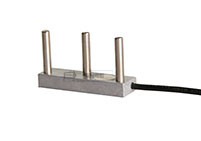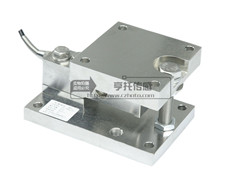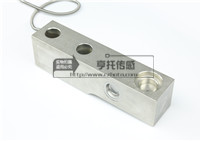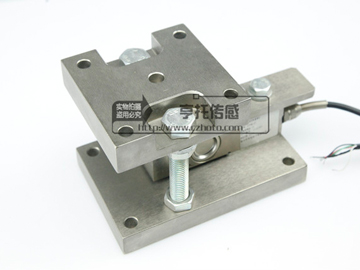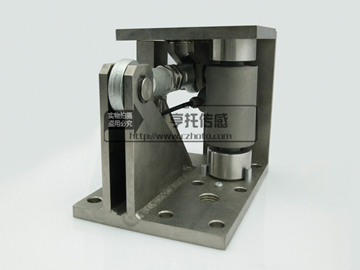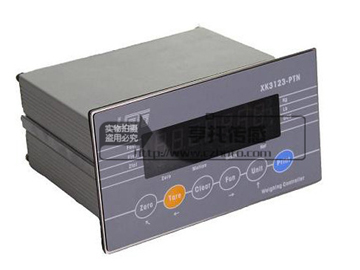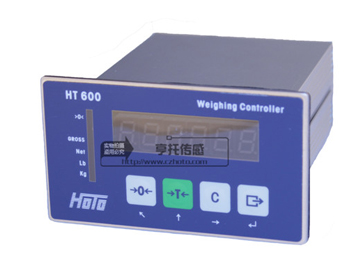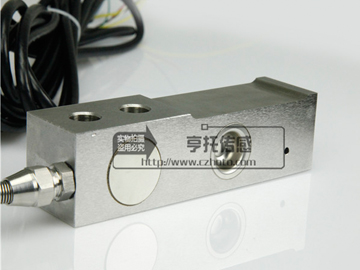Open the transmitter cover and have five LED lights and four touch buttons in the lower left corner:
Zero, full, state, and select are zero point, gain, calibration point, and channel selection key. LED1, LED2, LED3, LED4, and LED5 are indicators in various states.
When turned on, LED1, LED2, and LED3 are off, and LED4 and LED5 are blinking 2 times/second.
There are two calibration methods for the weight transmitter: the five-point calibration method and the two-point calibration method. The calibration method can be selected by the jumper on the J5.
1, five-point calibration method: (0, 25 [%] FS, 50 [%] FS, 75 [%] FS, 100 [%] FS five points must be fully calibrated)
First, select the standard position of the J5 short-circuit cap, and select the channel to be calibrated by the select key. The corresponding relationship between the indicator light and the calibration channel is as follows:
State correction state
LED4LED5
The flashing flashing does not correct IOUT1 and IOUT2. In this state, the zero, full, and state buttons are invalid.
Bright and dark can correct IOUT1
Dark to correct IOUT2
Brightly illuminate both IOUT1 and IOUT2
Once the calibration channel is selected, calibration of each calibration point can begin.
2. Zero calibration method:
Press the zero button (about 2S), and release the button when LED1 and LED3 are on. At this time, LED3 starts to flash at 2 times/second to indicate that the zero point is being calibrated. When both LED1 and LED3 are off, it indicates that the zero point calibration is over.
3. Calibration methods for each calibration point:
Press the full button (about 2S). When the LED3 is on, release the button. The indications of LED1 and LED2 indicate the current span calibration point. The relationship is as follows:
LED1=dark LED2=dark, indicating 25[%]FS correction point
LED1=Bright LED2=Dark, indicating 50[%]FS correction point
LED1=dark LED2=light, indicating 75[%]FS correction point
LED1=Bright LED2=Bright, indicating 100[%]FS correction point
Press the state button to select the calibration point. After selecting the calibration point, press the full button again (about 0.5S) to release it. LED3 starts flashing 2 times/second, indicating that it is being calibrated. When the LED 3 stops flashing, it indicates that the calibration point calibration is over. Press the select button to make LED1, LED2 and LED3 off, LED4 and LED5 flash, and the weight transmitter enters the normal working state.
4. Two-point calibration method:
Use when the site does not have weights or substitutes with a range of 25 [%], 50 [%], 75 [%], or 100 [%].
First select the channel to be calibrated, the operation mode is the same as the five-point calibration method (Note: at this time, the J5 short-circuit cap should be selected in the alternative position).
5, zero calibration:
Press the zero button (about 2S), and release the button when LED1 and LED3 are on. At this time, LED3 starts to flash at 2 times/second to indicate that the zero point is being calibrated. When both LED1 and LED3 are off, it indicates that the zero point calibration is over. Place any weight of any substitute on the device and the weight should be as close as possible to full scale.
Press and hold the full button to release the LED1 and LED2 when they are on. Press the zero button to decrease the value and press full.
Indicator stepping amount Press the zero button to press the full button
LED1LED2
Bright and dark, reduce, increase; dark and slow, bright and fast, the key display value increases. Short press the state button to cycle through and adjust the step size. The relationship is as follows:
1. After the display value is adjusted correctly, press the select button to make LED1, LED2 and LED3 off, LED4 and LED5 flash, and the weight transmitter enters the normal working state. The calibration process is now complete.
Weighing sensor, weighing module, weight transmitter, weighing control instrument, weighing application system
- 2018-12-15 > Combined strain pressure sensor
- 2018-12-14 > Load cell application area
- 2018-12-13 > Pull pressure sensor application
- 2018-12-13 > Pull pressure sensor characteristics
- 2018-12-12 > Use the load cell measurement module to avoid incorrect loads
- 2018-12-12 > Pull pressure sensor
- 2018-12-12 > Static pressure or level sensor
- 2018-12-11 > Weight sensor installation note
- 2018-12-11 > Load cell
- 2018-12-10 > Hall current sensor
